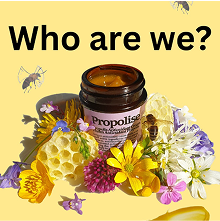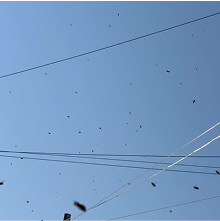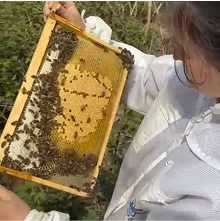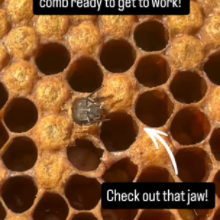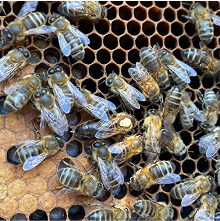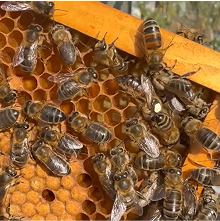
Join the Propolis
Revolution!
Our story
Propolise started out of a passion for protecting our native Welsh honeybees, and to find a personal solution for my eczema and highly sensitive skin. It has grown into a mission to treat your skin, lifestyle and sustainability in a totally different way to any other skincare company.
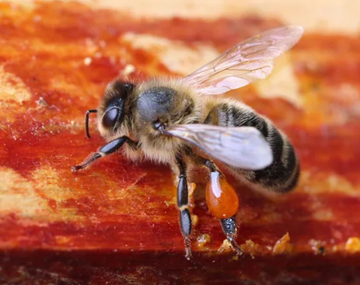
What is propolis?
Propolis is a powerful, resinous substance made by honeybees from plant resins, which they mix with wax and enzymes inside the hive. Bees collect these resins from buds and bark of trees like poplar and birch, transforming them into a natural sealant used to line the hive interior. Beyond its structural role, propolis is rich in bioactive compounds including flavonoids, phenolic acids, and essential oils. These natural components give propolis its antimicrobial and protective properties, making it essential to the health and hygiene of the bee colony.
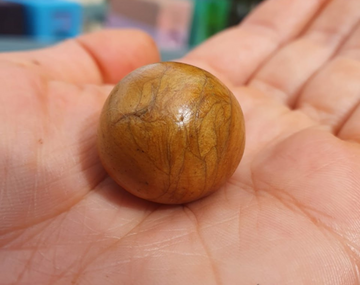
Propolis and your skin
Propolis has been valued by humans for thousands of years as a powerful healing agent for the skin. Ancient civilizations—from the Egyptians and Greeks to Romans and Persians—used it to treat wounds, ulcers, and various skin conditions. Hippocrates praised its wound-healing ability, while Roman legions carried it into battle as a remedy for injuries. In the Middle Ages and Renaissance, it was rediscovered as a topical salve and even included in official pharmacopoeias by the 1600s. Today, modern science confirms what traditional medicine long recognized—propolis’s antibacterial, anti-inflammatory, antioxidant, and immunomodulatory properties make it ideal for treating acne, calming irritated skin, supporting healing, and guarding against premature aging. This ancient ingredient is experiencing a revival as robust clinical literature continues to validate its remarkable skin benefits.
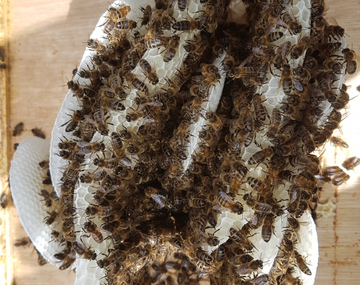
Why propolis is the future
Our propolis is sourced from native Welsh Black honeybees thriving on our wild apiaries in North Wales—bees uniquely adapted to survive in damp, cold climates. We follow a treatment-free beekeeping ethos: no varroa treatments, no chemical interventions. Our bees rely on their natural hygienic behaviors—among them, conscientious propolising—to maintain hive health. This resilience is supported by the relative isolation of North-West Wales, protecting the bees from genetic pressures common elsewhere in the UK. Because our bees produce propolis in large, pure quantities, we're able to develop premium skincare products rooted in ethical, sustainable beekeeping. By choosing propolis harvested under these conditions, you're supporting a forward-thinking model for UK apiculture—one that balances ecological integrity, bee welfare, and local economic viability. This treatment-free, resilience-focused approach isn't just about better skincare—it's about forging a more sustainable future for beekeeping in Britain.

Get involved and support Propolise
Propolise isn’t just a brand; it’s a community. Every purchase helps protect the bees and support sustainable practices. Explore our range today and discover skincare that’s as kind to the earth as it is to your skin.






